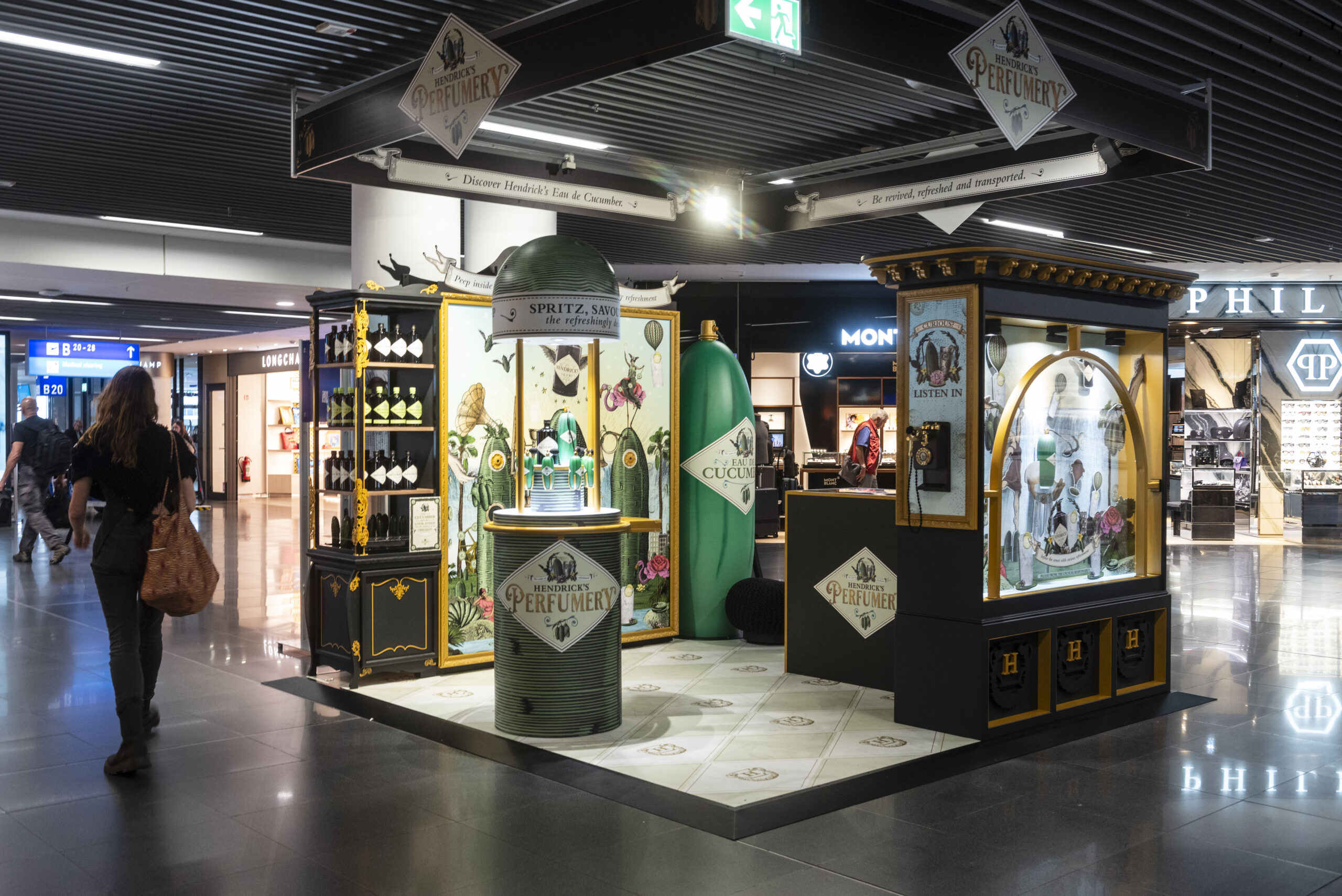How Hendrick’s Gin and Space redefined experiential marketing

The experience economy has long been a lynchpin of marketing. Increasingly no marketing trend report is complete without a nod to the fact that Millennial consumers value experience over the acquisition of products.
A study by Harris Group found that 72% of millennials would rather open their wallets for experiences than material items. As stereotypes surrounding Millennial consumers go, it is perhaps the least offensive, but nonetheless based on out-dated aged centric stereotypes. For as Space’s ground-breaking experiential work with Hendrick’s Gin underlines, age is not a prerequisite to craving experiences.
By 2020, the customer experience will overtake price and product as key brand differentiators. This prediction, from Chaos Theory, underlines why experiential marketing is such a growth area for brands. Within the next three to five years, CMOs are expecting to allocate 21-50% of their marketing budgets to experiential marketing.
The challenge for the category is it is very vibrant, and it can be overwhelming for consumers with the volume of choice.James Taylor
The challenge
The gin category has fast become a victim of its own success. The ‘Ginaissance’ and the seemingly unstoppable rise of the gin category is well documented. According to data from Nielsen and CGA, gin sales grew by 41% of 2018. A total of 402 new gin brands have entered the market since 2016, 367 of which are premium brands.
Yet continued growth is far from assured. In May last year analysts at investment bank Jeffries declared, “We think the gin boom has peaked.” A flattening growth reflected in the Wine and Spirit Trade Association’s bullish predictions for spiced and flavoured rum. This challenging marketing ecosystem was given a further mountain to climb last summer because of the cool start to the season.
Sean Kelly, Associate Director of Space, says that the growth of the gin market and the volume of choice is a challenge both in an on trade and off trade environment. He explains, “Gin has become such a ubiquitous part of the drinks business; it has become totally normal to have 10 to 12 gins on a back bar.”
James Taylor, Senior Brand Manager for Hendrick’s Gin, says the beauty of the gin category is that despite the fact that there are so many different gins with so many different provenances and taste ranges, it is a relatively easy category for consumers to navigate: “When you compare the gin category to other alcohol sectors such as wine, there is no snobbery in it.”
This means while Hendrick’s doesn’t describe itself as a brand for everyone, nonetheless it is focused on being accessible in its marketing. “Hendrick’s has been around for a long time,” explains Taylor. “So, the challenge for us is around creating cut-through with consumers. The challenge for the category is it is very vibrant, and it can be overwhelming for consumers with the volume of choice.”
"The social conventions and norms surrounding age are being broken every day. People live their lives the way they want to, this is why you need to focus on the attitude."James Taylor

